
Munchkin
Munchkin
Munchkin
Munchkins are known for their cute cat punches and walking with their butts wiggling! One of the attractions is their unique appearance that other cats don’t have. You may not know much about them, such as why they have short legs. Whether you know a lot about Munchkins or not, why don’t we explore their secrets together?
Munchkin Basic Infomation
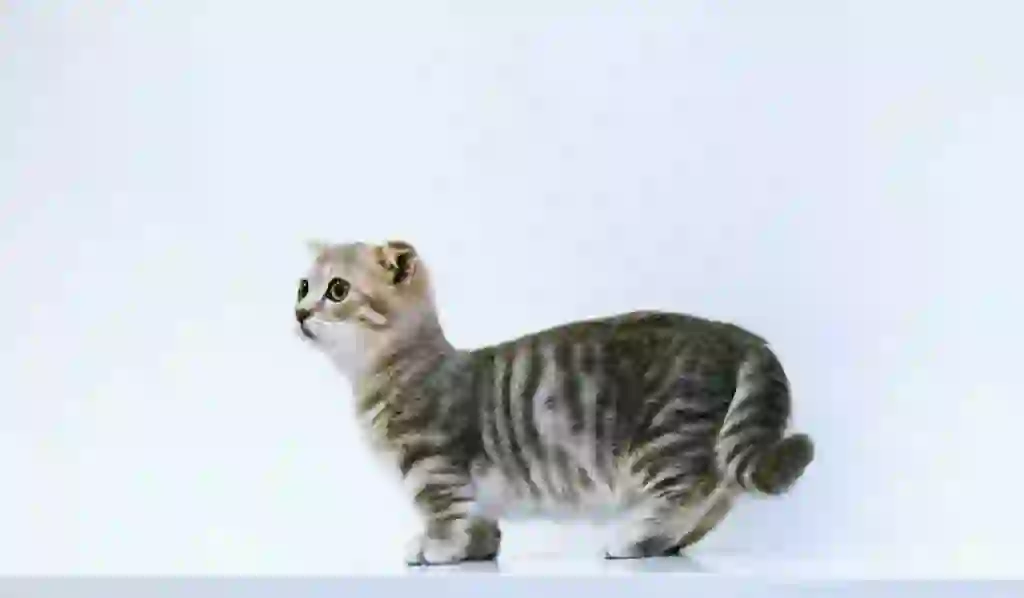
Country of origin United Kingdom, USA.
Length 60cm.
Weight male : 3-4kg, female : 2.5-3.5kg.
The oldest known case of a short-legged cat was discovered in England in 1944.
Then, in 1953 in Russia, 1964 in the United States, and 1970 in England, cats with short legs due to mutations were found one after another. However, these discoveries did not directly lead to the birth of Munchkins.
And time passed, and in 1983 another short-legged female cat was found in the United States.
At that time, a woman who happened to find her decided to protect her and named her “Blackberry,” and she was kept at home. After a while, it was discovered that Blackberry was pregnant. After giving birth safely, it was noticed that half of the kittens were short-legged cats.
One of these male kittens was adopted by a foster parent and named “Toulouse.”
After that, breeding began with Toulouse and others. Initially, they actively crossbred with different breeds of cats to avoid the risk of genetic diseases.
Then, in 1991, it was unveiled at the first cat show. While many people praised its unusual appearance and cute short legs, some pointed out concerns such as whether it was affected by one of the genetic diseases called osteochondrodysplasia or whether it would be more susceptible to future illnesses or injuries.
As a result of continued breeding activities led by professional breeders, the new breed was recognized as “Munchkin” by TICA (the world’s largest pedigree registration organization for purebred and domestic cats) in 1995.
However, CFA (Cat Fanciers’ Association), as well as associations in the UK and France, still do not recognize Munchkins.
The reason is that the history is still short and it cannot be said for sure that the bad effects of genetic diseases will not occur.
※Genetic diseases are diseases caused by mutations in chromosomes or genes.
Munchkin Q&A

Where does Munchkin get its name?
It is said to have come from the English word “Munchkin,” which means “dwarf or small child.”
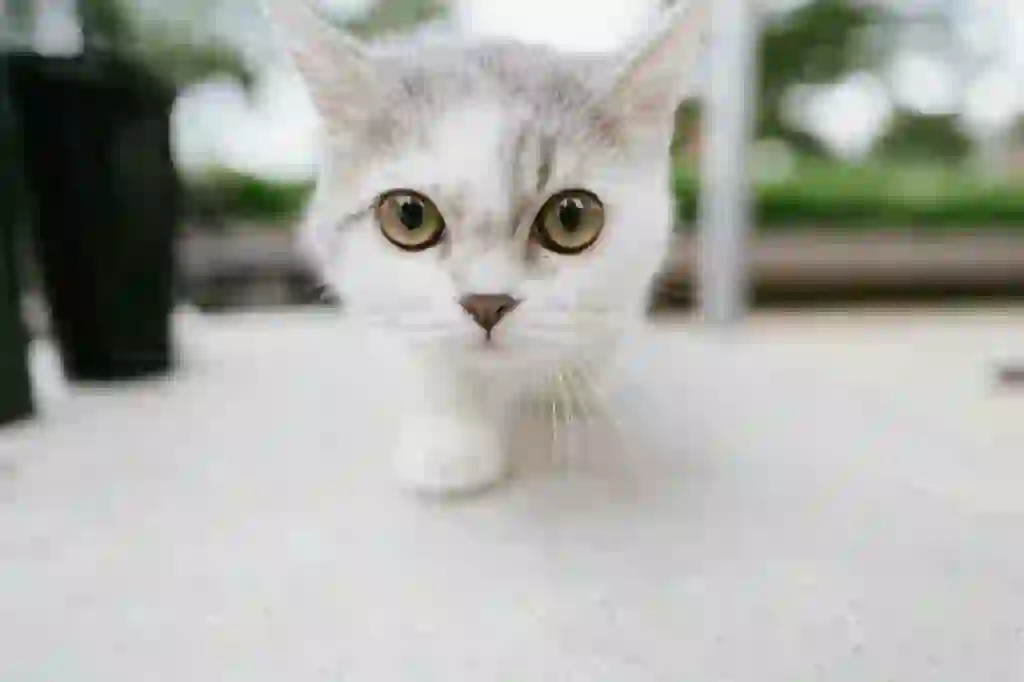
What are the color variations of Munchkin?
There are blue, black, cream, white, chocolate, red, cinnamon, lilac, and fawn.
・Solid color. The entire body is a single color.
・Tabby. There are overall stripes or spots.
・Silver & Golden. Only the tips of the hair are colored, and the base is white or a light color.
・Smoke & Shaded. Half of the overcoat is colored and the other half is white.
・Party color. Two colors are randomly mixed.
・Calico & Bicolor. Half or one-third of the body is white and the rest is composed of two or more colors.
・Tabby & White. Half or one-third of the body is white and the rest is composed of stripes or spots.
・Pointed. The head, ears, legs, tail, etc. have some color.
・Pointed & White. Part of the body has color mixed with white.
There are blue, sapphire blue, yellow, aqua, orange, gold, green, copper, hazel, and odd eyes.
Munchkins come in both short-haired and long-haired varieties.

What does a Munchkin look like?
The head is wedge-shaped with rounded edges, and the body shape is called semi-foreign. The slightly upward-looking eyes are also called walnut-shaped, and the ears are medium-sized and slightly pointed.
The most distinctive feature is the very short legs. Surprisingly, it has a sturdy skeletal structure and muscular physique. The coat is smooth and covered with dense fur.
Surprisingly, Munchkin does not necessarily mean a short-legged cat. There are also Munchkins with longer legs. In fact, there is a possibility that a Munchkin with short legs will be born, but it is not very high at 20-30%.
So why is the probability so low? The reason is that mating between short-legged Munchkins is prohibited.
The reason is that it often results in stillbirths or if they are born alive, they are often unhealthy. Therefore, when breeding Munchkins, cats with longer legs are always used. However, even if the parents have short legs, it does not necessarily mean that the children will have short legs. Therefore, even among Munchkins, those with shorter legs are more popular than those with longer legs.
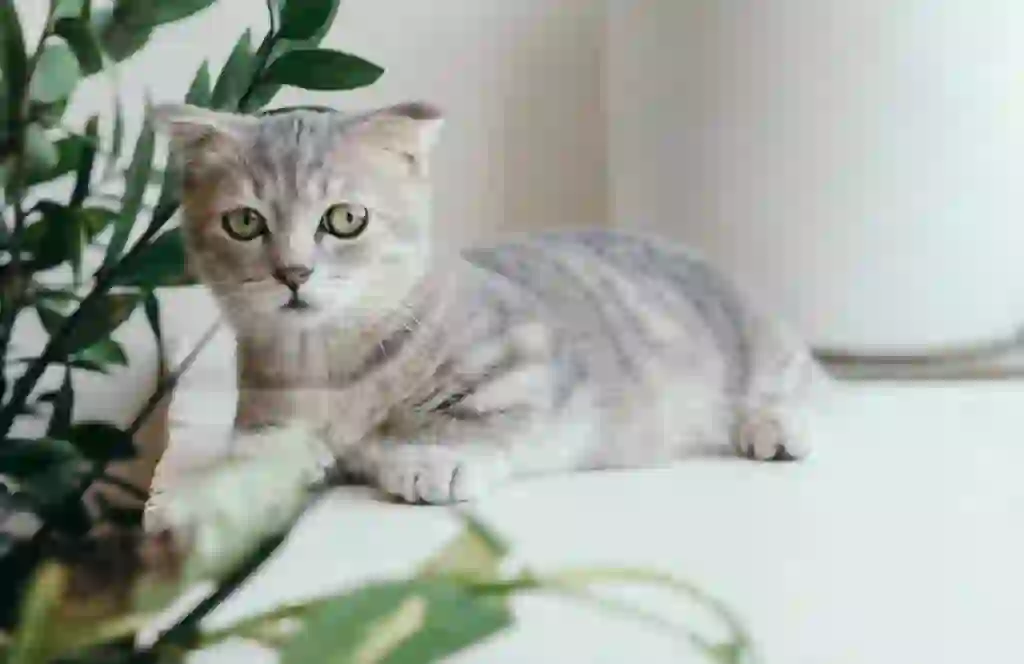
Why do Munchkins have shorter legs than other cats?
The reason why Munchkin cats have short legs is not well understood because it is a natural occurrence due to mutation.
By the way, there are three types of leg length: standard (long-legged cat), super short (medium length), and rug hugger (shortest leg).
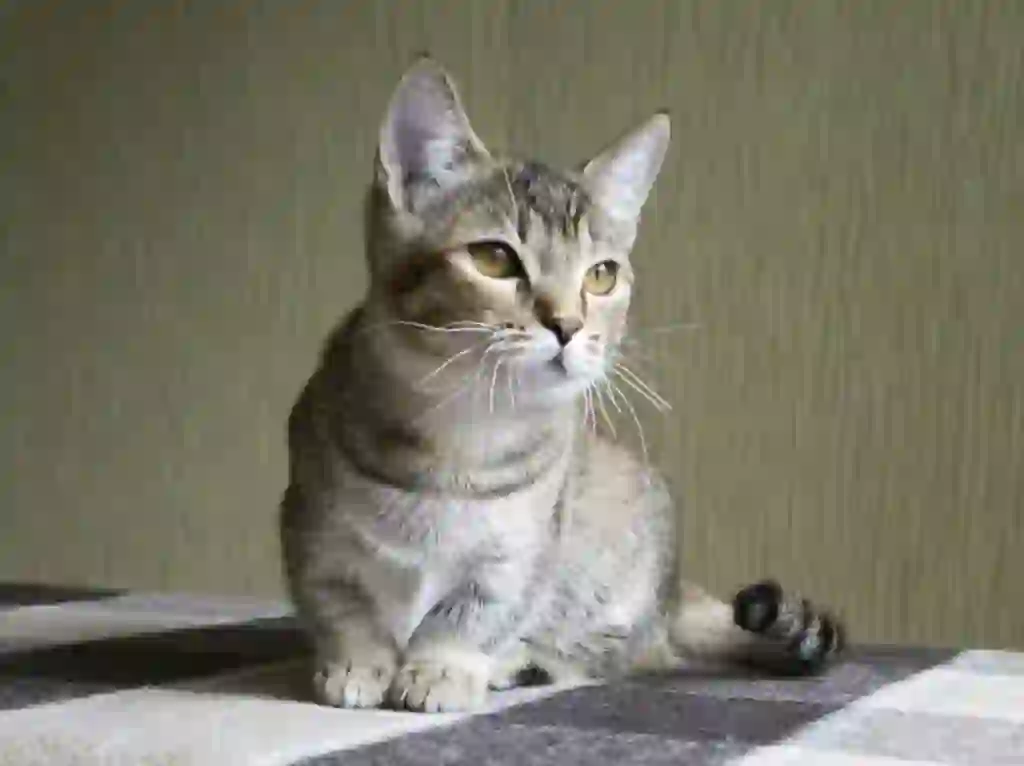
How long does it take to buy a Munchkin?
If you buy from a breeder or cattery, it will cost around 300,000 yen. The advantage is that you can check the environment in which it was raised and what kind of cats the parents are. Also, depending on the personality of the breeder, the level of trust may vary, so it is desirable to make a reservation and visit.
In the case of a pet shop, it costs 200,000 yen, and in some cases, you can buy it at a slightly lower price than from a breeder. However, some pet shops breed cats indiscriminately, so it may be better to avoid buying from shops where the breeding source is unclear.
Munchkins have more conditions that affect their price than other cats.
・Short legs: 100,000 to 500,000 yen. ・Long legs: 50,000 to 200,000 yen.
Other conditions include: ・Being a kitten. ・Having excellent pedigree. ・Having rare colors or patterns.
There are other conditions as well, but mainly if they meet the above conditions, the price tends to be higher.
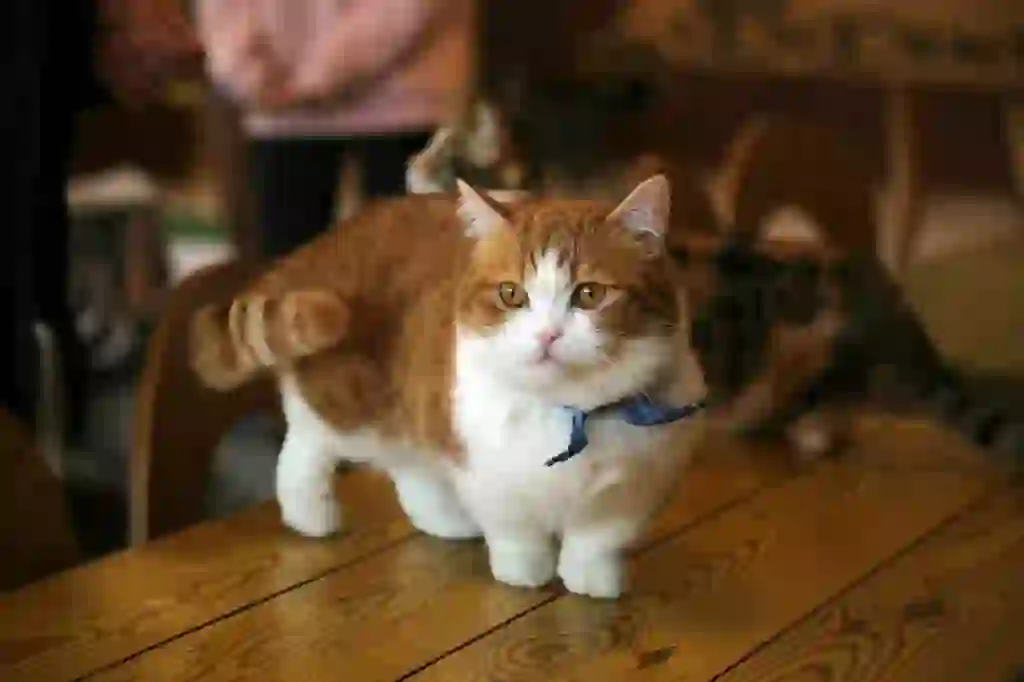
I want to know more about the personality and characteristics of Munchkin!
They are curious and playful cats. Especially for short-legged cats, they may seem to be not good at moving around because their legs are short, but they still have the instincts of cats, so jumping and climbing high places are no problem for them.
They are also known for their gentle and affectionate nature. Therefore, it is a breed that is easy to keep even for beginners who are raising cats for the first time.
Males are relatively affectionate and active, while females have a “cool beauty” atmosphere but may be affectionate to their owners. However, they do not want to stick too close or too far away, but rather want a moderate distance.
There are also females who move around actively and males who are somewhat tsundere. Since there are individual differences in personality, it is not possible to unilaterally determine the personality. It is better to think of these tendencies as a reference only.
They are also comfortable with keeping multiple cats. They are also smart, so they can learn things like toilet training properly.
※When keeping animals as pets, it is necessary to follow the laws established by each country.
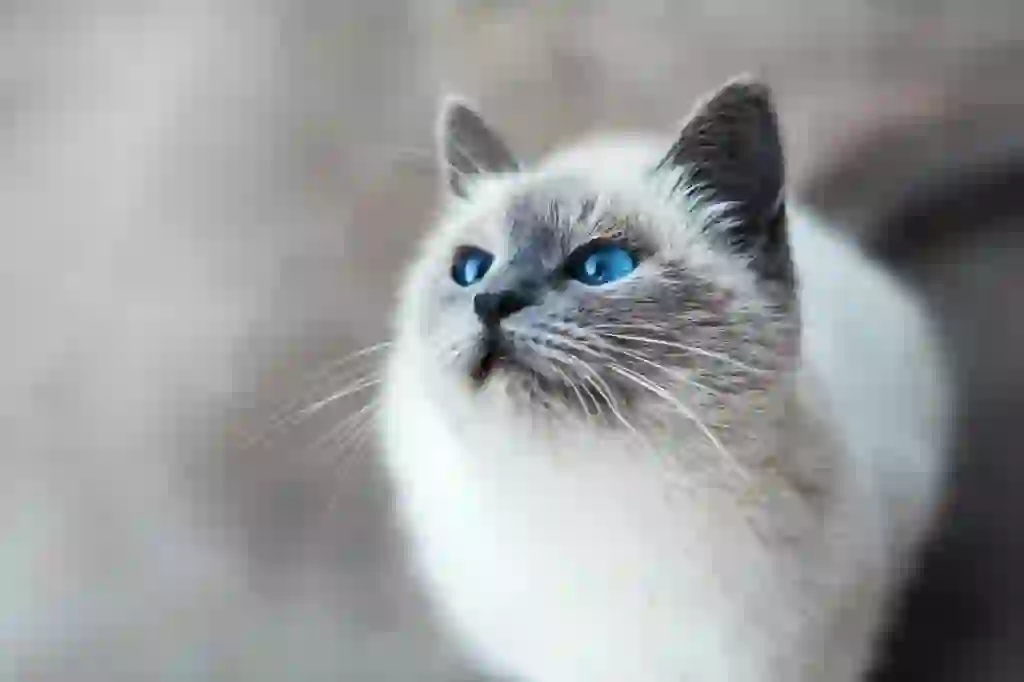
What diseases are Munchkin susceptible to?
Intervertebral disc herniation and osteochondrodysplasia are common in short-legged Munchkins.
Between the spine and the spine, there is a cushion-like structure called an intervertebral disc. However, if this intervertebral disc pops out for some reason, it can cause pain by compressing the spinal nerves. As it progresses, it can cause diseases such as walking difficulties or inability to defecate.
Munchkins have a large burden on their lower back due to their short legs, and there are many cases where they develop it due to the impact of landing from a high cat tower. To prevent this, it is a good idea to prepare a cat tower that suits the Munchkin’s body. Also, be careful not to become too obese. Obesity can also be a cause.
It is a disease in which a lump-like mass called an osteophyte develops in the joint part of the leg, making it impossible to move the joint normally. As it progresses, it can cause arthritis.
Not all Munchkins develop this disease, but unfortunately, there is currently no way to prevent osteochondrodysplasia. It is said that it is difficult to completely cure this disease, but it is possible to slow down the progression of symptoms by early detection.
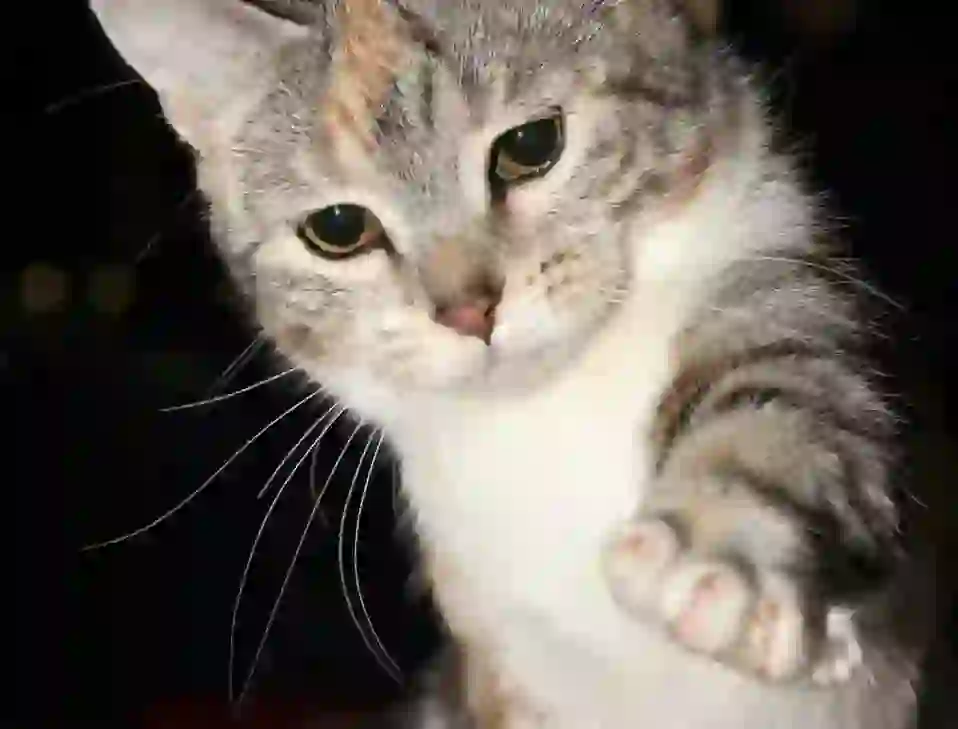
What is the lifespan of a munchkin?
Munchkins are said to have a lifespan of 11-13 years. The average lifespan of a typical cat is 12-16 years, so it is shorter than other cats. However, if you are aware of what diseases they are susceptible to and take care of them, they can live for more than 20 years.

Would you like to become a part of the 'Animalbook.jp'?
Turn your knowledge into Q&A and share it with the world. ※Publication will be activated after purchase. Let's share information together!
Munchkin Type of List
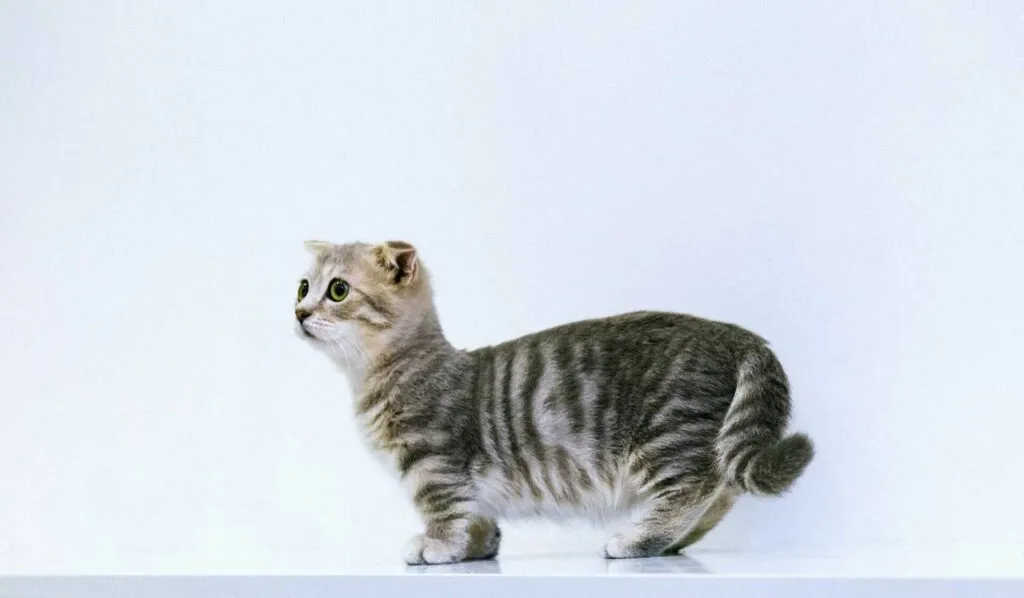
- Munchkin
Information
Congratulations! You are the first commenter!

Create Your Favorite List!
Munchkin
Save the animals you love! Build your own list to quickly revisit your favorites later.

Would you like to leave a comment?
※Please note: This is for the purchase of rights to post comments within the article.
Find Your Favorites!
Our shop offers a unique and attractive selection of goods themed around various animals.
Munchkin References

- まるごとわかる猫種大図鑑 監修:CFA公認審査員 早田由貴子
- 世界中で愛される美しすぎる猫図鑑 監修 今泉忠明
- 猫との暮らし大百科 https://www.anicom-sompo.co.jp/nekonoshiori/
- みんなの猫図鑑 https://www.min-nekozukan.com/
- Pet Smile news forネコちゃん http://psnews.jp/cat/
- 子猫のへや https://www.konekono-heya.com/index.html
- 公益社団法人 埼玉県獣医師会 https://www.saitama-vma.org/topics/猫の遺伝性疾患について/
- ねこちゃんホンポ https://nekochan.jp/
Munchkin Introduction of media used

出典:https://unsplash.com/photos/-cNkeHKgMsQ

出典:https://unsplash.com/photos/UTU4apKofsI

出典:https://www.pexels.com/ja-jp/photo/5044088/

出典:https://unsplash.com/photos/1WwwVscpyDo

出典:https://commons.wikimedia.org/wiki/File:Munchkin_cat_2.jpg

出典:https://unsplash.com/photos/IFxjDdqK_0U

Help Enrich Our Animalbook.jp with Your Media!
We are constantly looking to expand and enrich our Animalbook.jp with amazing photos and videos of animals. If you have any media that you'd like to share, please contribute and help us showcase the beauty and diversity of the animal kingdom. Your submissions will be credited and featured in our encyclopedia, reaching a wide audience of animal lovers.


















